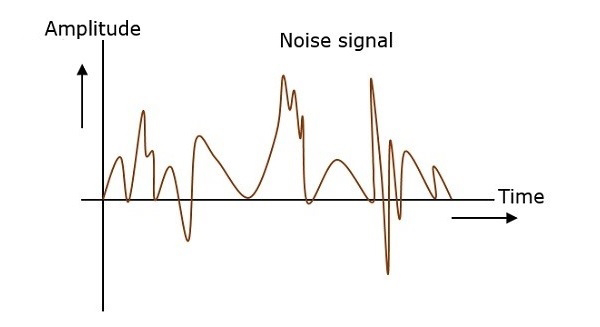Noise in a telecommunication system refers to unwanted or random disturbances that can interfere with the transmission and reception of signals, degrading the quality of communication. It can manifest as electrical, thermal, or atmospheric interference.
Definition: Noise is any unwanted signal that distorts or interferes with the original message being transmitted.
Effects: Noise can lead to errors, loss of information, and reduced signal quality. It impacts the clarity and reliability of communication.
Related Formulations:
Signal-to-Noise Ratio (SNR): It quantifies the ratio of the strength of the signal to the strength of background noise. Higher SNR indicates better signal quality.
Bit Error Rate (BER): It measures the number of bits received in error compared to the total number of bits transmitted. Lower BER is desirable.
Noise in Telecommunication Devices:
Amplifiers: Electronic components that amplify signals can introduce noise during the amplification process.
Channel Noise: Transmission mediums, such as cables or wireless channels, can introduce noise.
Receivers: Electronic devices receiving signals can be susceptible to internal and external noise.
Other Related Info:
Types of Noise:
- Thermal Noise: Arises due to random motion of electrons in conductors.
- Intermodulation Noise: Results from the interaction of signals in non-linear components.
- Crosstalk: Signal coupling between adjacent communication channels.
Mitigation Techniques:
- Error-Correcting Codes: Introduce redundancy to detect and correct errors.
- Shielding: Protects against external interference.
- Equalization: Adjusts signal characteristics to counteract distortion.
Understanding and managing noise is crucial in designing robust telecommunication systems to ensure reliable and clear communication.


No comments:
Post a Comment